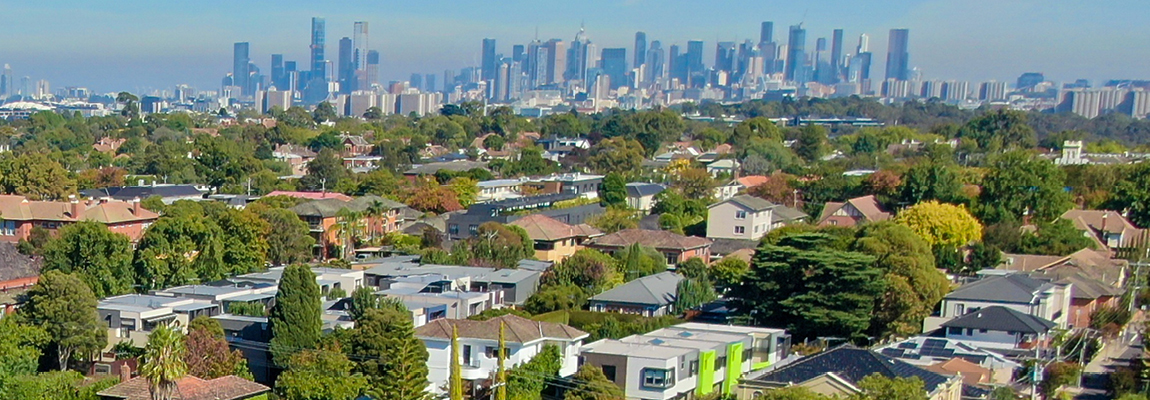
We’re updating our Boroondara Housing Strategy to help plan for our community’s housing needs over the next 15 years.
Households have changed since we adopted our current strategy in 2015. Children have left home, we’re working from home more, have bought or rented new homes, and many have downsized to something more manageable.
The draft Housing Strategy uses the latest Census data and projections to tell us who we are and how we live now. Importantly, it gives insight into current and emerging housing challenges, such as Boroondara’s ageing population. It also highlights key needs and covers topics we value, like protecting the character of our neighbourhoods.
The Housing Strategy will help us plan for the future to best meet the needs of our community. It provides a strategic framework to guide housing to appropriate locations, including housing options for current and future residents. In our draft strategy, we continue to direct housing growth to activity centres, near shops and public transport.
We’ll soon seek your input on the draft Boroondara Housing Strategy, pending our Councillors’ consideration at a mid-year Urban Planning and Delegates Committee meeting scheduled for Monday 15 May.
To be notified when the draft Housing Strategy is available to view so you can have your say, follow the project page on our Engage Boroondara website.
For more information, you can also contact our strategic planning team by emailing [email protected].
How we live: the numbers
- Boroondara was home to 169,901 residents in 2021 – this is likely to increase by around 28,700 more residents and 9,400 dwellings built over the next 15 years.
- The most common household type is couples with children (34%). Couples without children (24%) and lone-person households (25%) now make up almost half our households.
- Our population continues its ageing trend, with an increase of people over 65 (15% in 2011 and 18% in 2021).
- The dominant dwelling type is stand-alone house (53%) followed by medium density (29%) and high density (18%).
Source: Australian Bureau of Statistics (2021), ‘Census’.